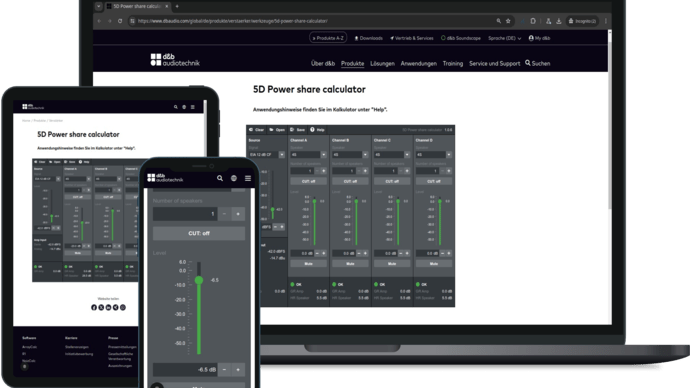A weighted decision matrix can be used to evaluate several alternatives based on predefined criteria. The criteria are usually weighted differently to better reflect reality. The weightings of these criteria are usually based on empirical values and are difficult or impossible to define in general terms.
For example, when purchasing software, there are several criteria such as the number of users, the monthly costs and the integration of other services via interfaces. In the decision matrix, the various offers available for selection are noted together with the criteria:
| Software | number of users | Monthly costs | Integration of other services |
|---|---|---|---|
| Software 1 | 10 | 100 | hardly available |
| Software 2 | infinite | 500 | >100, all can be integrated free of charge |
| Software 3 | 15, additional users can be added | 300 | A small fee is payable per service |
As a rule, the criteria values are translated into numerical values. The definition of a scale and the actual numbers are selected appropriately depending on the use case.
In this example, a scale of 1 to 10 is used, where 1 = poor and 10 = perfect:
| Software | number of users | Monthly costs | Integration of other services |
|---|---|---|---|
| Software 1 | 4 | 10 | 3 |
| Software 2 | 10 | 2 | 10 |
| Software 3 | 8 | 4 | 7 |
Finally, the weighting is added.
In the example given, it is assumed that the integration of other services is most important before the number of users and the costs. To reflect this in the matrix, the integration of other services is weighted with a factor of 10, the number of users with a factor of 5 and the monthly costs with a factor of 2. Ultimately, this means that the integration of other services is 5 times as important as the costs and twice as important as the number of users.
| Software | Users | Weight | Costs | Weight | Integrations | Weight |
|---|---|---|---|---|---|---|
| Software 1 | 4 | 5 | 10 | 2 | 3 | 10 |
| Software 2 | 10 | 5 | 2 | 2 | 10 | 10 |
| Software 3 | 8 | 5 | 4 | 2 | 7 | 10 |
The criteria are now multiplied by the weighting, all values are added together and the individual alternatives are evaluated against each other:
Software 1: 20+20+30 = 70
Software 2: 50+4+100 = 154
Software 3: 40+8+70 = 118
In this case, a higher number is the better alternative, so software 2 would be chosen.
Further references:
http://www.orga-dich.de/artikel/techniken/entscheidungsfindung-mit-gewichtung/
https://www.infonautics.ch/blog/entscheidungsmatrix/
https://www.wiwiweb.de/betriebliches-management/kreativitaets-entscheidungstechniken.html
















